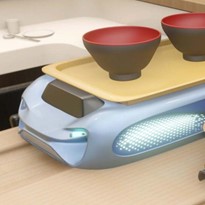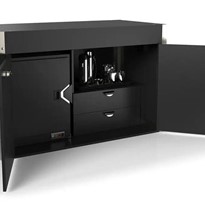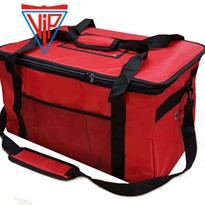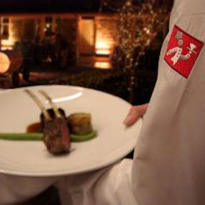Food and drinks can be delivered to consumers through intelligent equipment running on orbits. This equipment combines robotic technology and automation systems to greatly improve food delivery efficiency and service quality. The following will discuss the importance and potential of orbital food delivery equipment in the catering industry from three aspects: equipment principle, application scenarios and development prospects.
First of all, the principle of orbital food delivery equipment is to transport pre-prepared food to the destination by moving on a preset track. These devices usually use electricity or batteries as the power source, and control the movement path and speed through intelligent navigation systems. During transportation, the device will navigate according to the predetermined destination while avoiding collisions with people or other obstacles to ensure the safe delivery of food.
Orbital food delivery equipment is suitable for various catering scenarios, especially suitable for peak periods or busy catering environments. For example, in large institutions such as schools, hospitals, and enterprises, there are many people, and canteens often experience congestion. The use of rail food delivery equipment can reduce the waiting time of people queuing and improve dining efficiency. In addition, rail food delivery equipment can also be used in service industries such as hotels and restaurants to provide consumers with a more convenient ordering and delivery experience.
The development prospects of orbital food delivery equipment are very broad. On the one hand, as people's living standards improve, the demand for catering services is also increasing. The traditional manual food delivery method has problems such as slow speed and error-prone, and cannot meet consumers' requirements for efficiency and quality. The orbital food delivery equipment can solve these problems, provide more efficient and accurate food delivery services, and gain recognition from consumers. On the other hand, with the continuous advancement of smart technology, the functions of rail food delivery equipment can be further expanded. For example, facial recognition technology can be added to achieve accurate food delivery target recognition; it can also be connected to the Internet to implement functions such as online ordering and payment. These innovations will further enhance the competitiveness and user experience of orbital food delivery equipment, promoting its wider application in the catering industry.
In short, orbital food delivery equipment is an innovative way of catering service, which is efficient, accurate and convenient. It integrates robotics and automation systems into the catering industry to provide consumers with a better dining experience. Although rail food delivery equipment is still in its infancy in the catering industry, its potential and development prospects cannot be ignored. It is believed that with the advancement of technology and market demand, rail food delivery equipment will be more widely used in the future, bringing more convenience and enjoyment to people's lives.


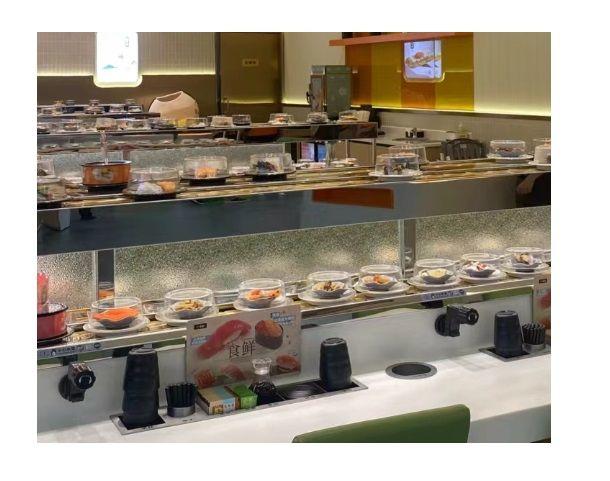



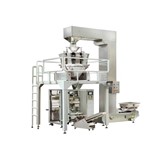




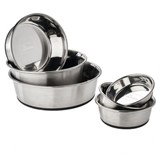

-160x160-state_article-rel-cat.jpg)


